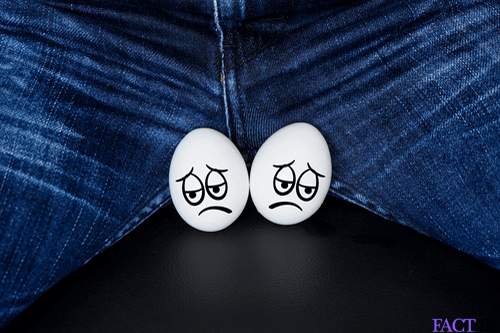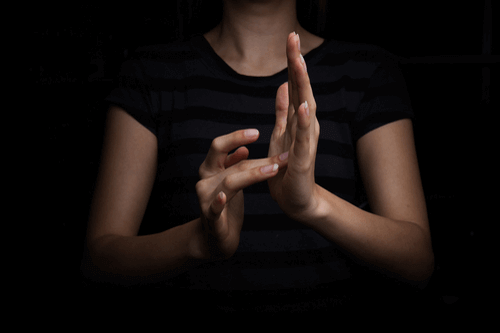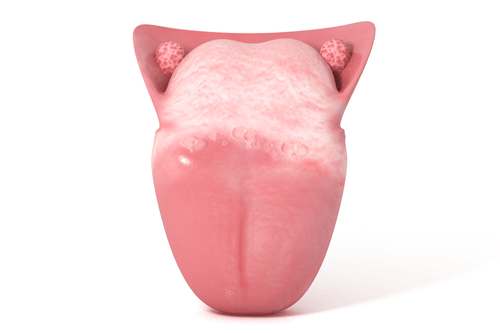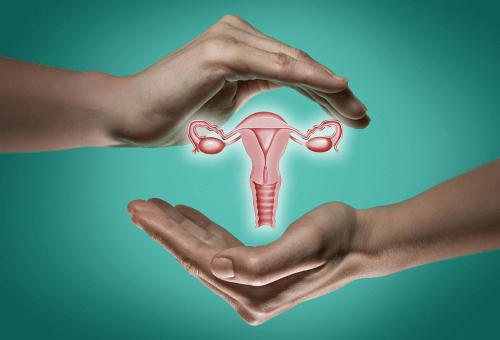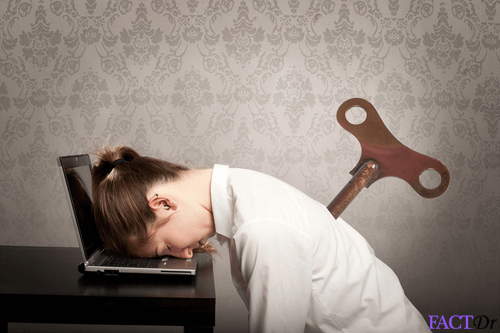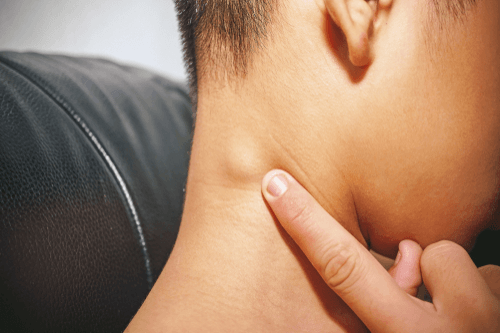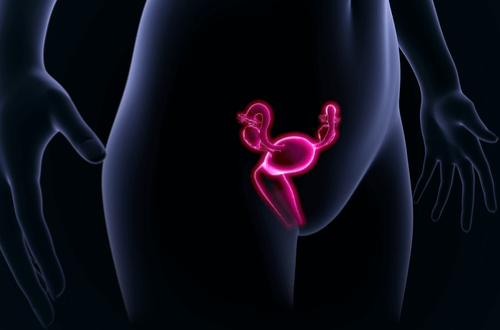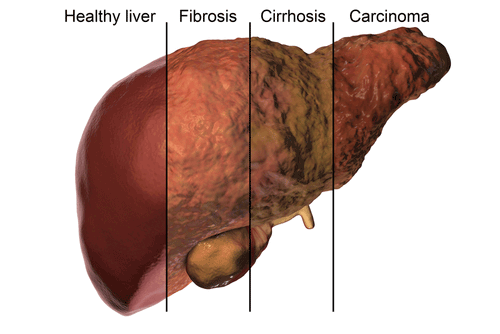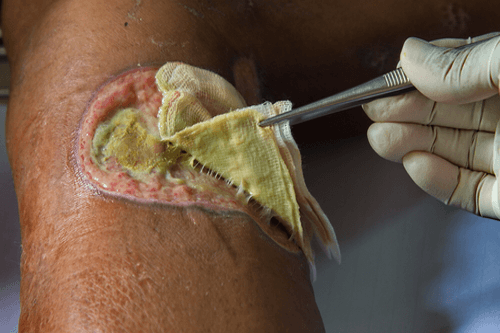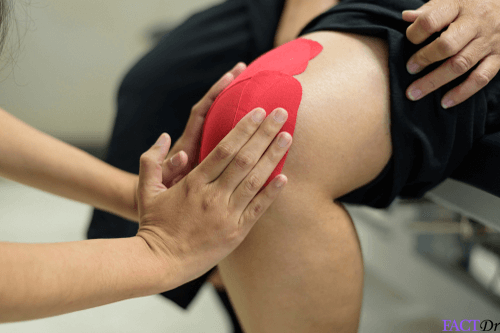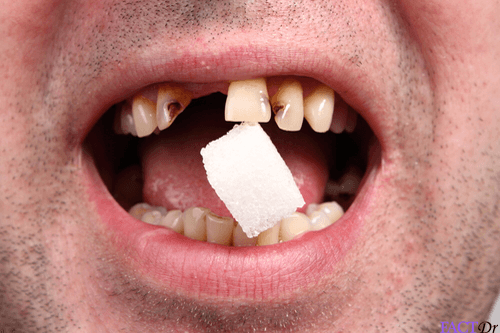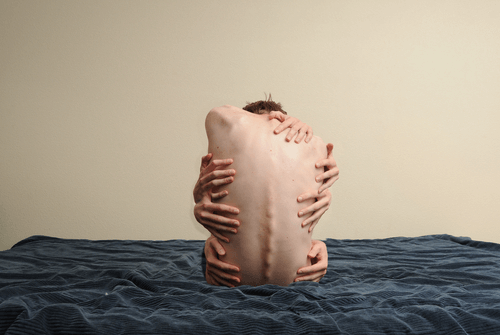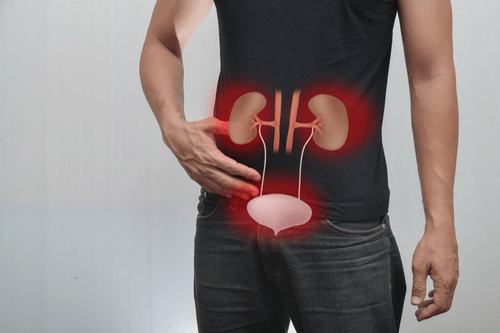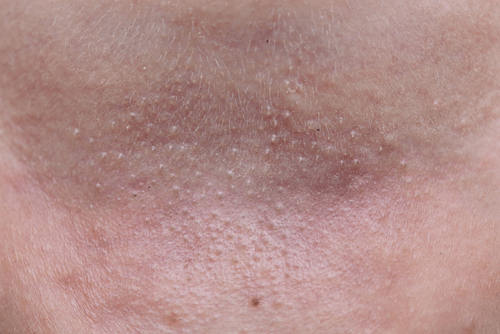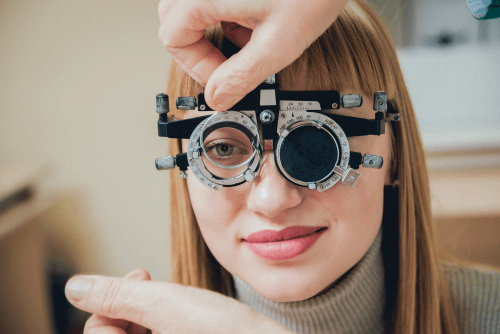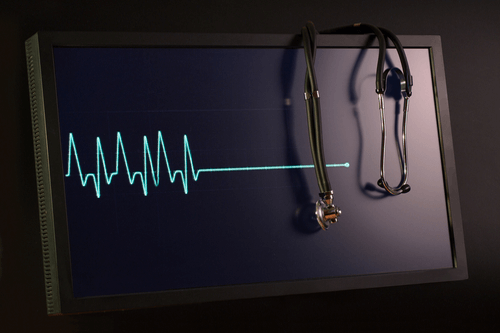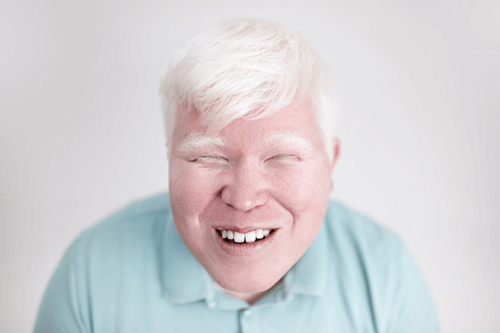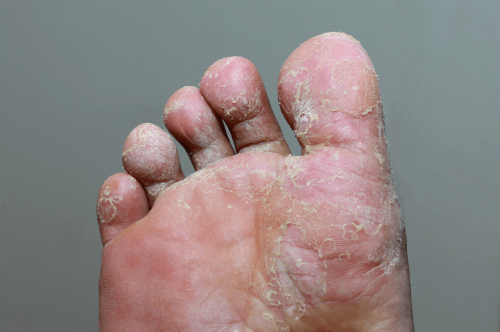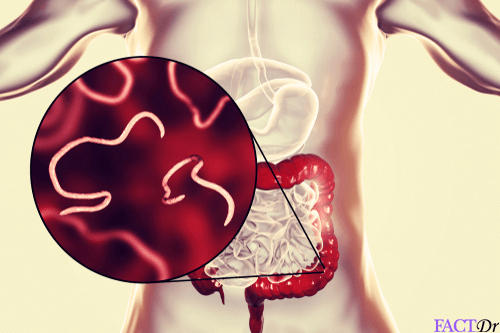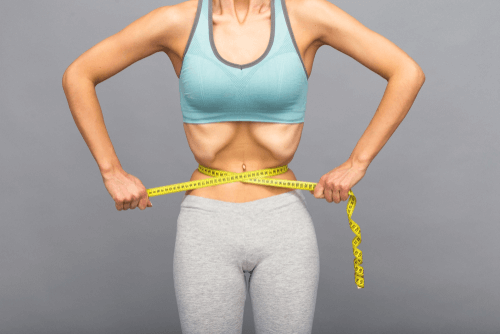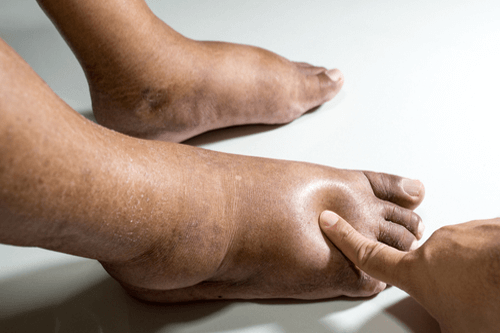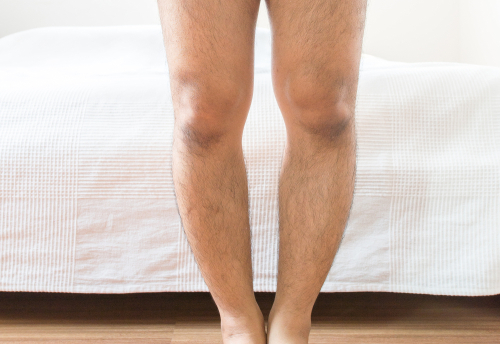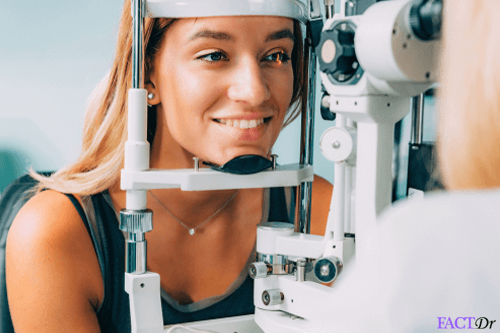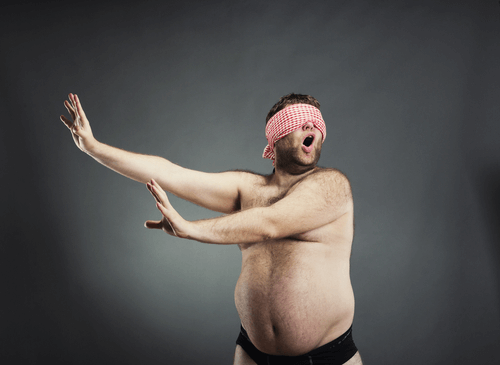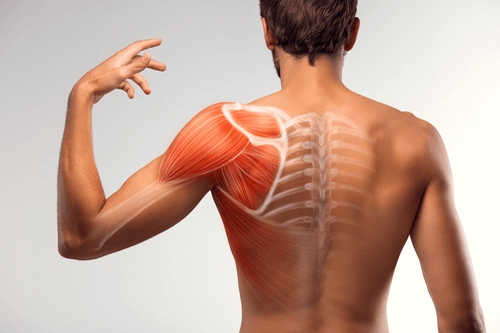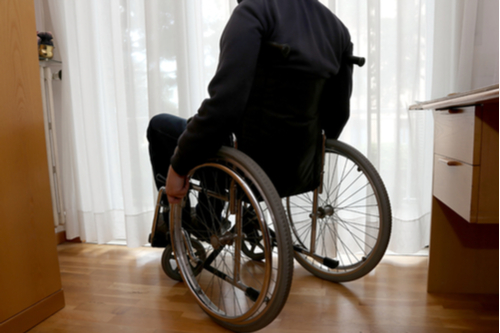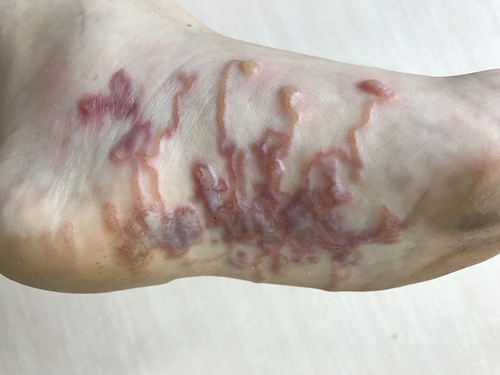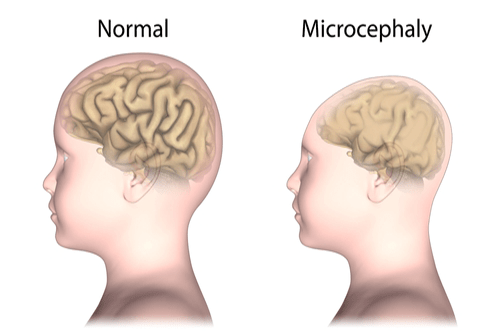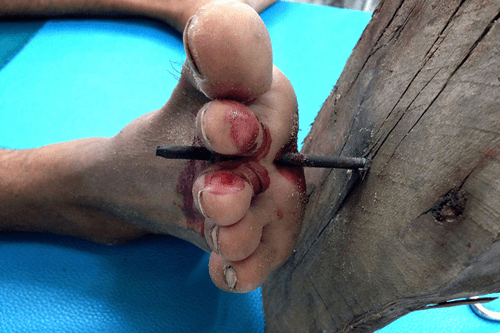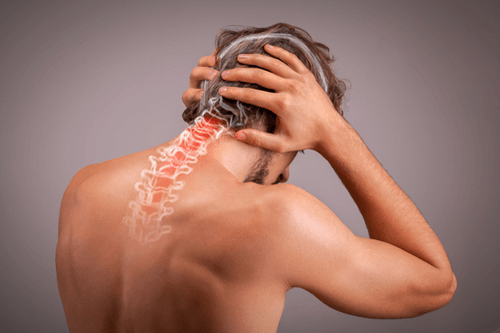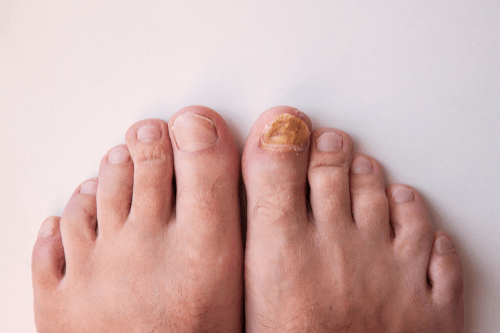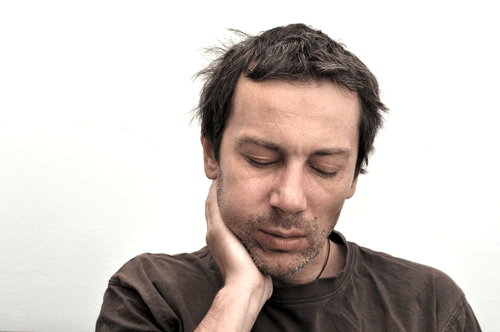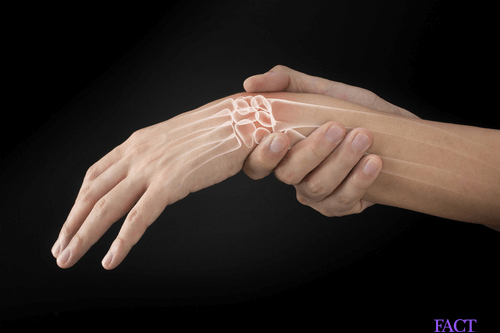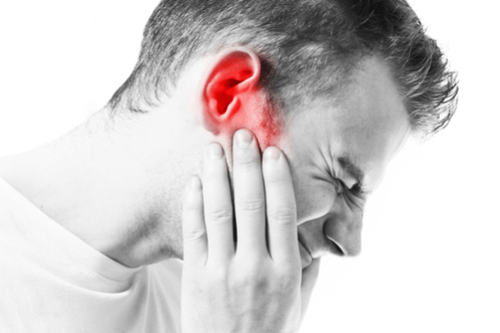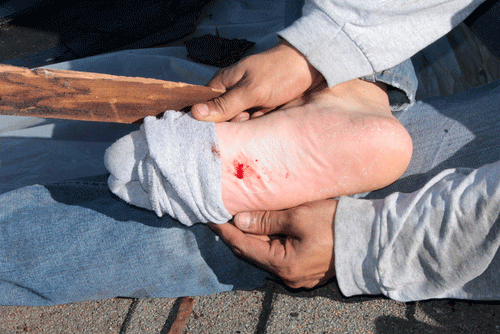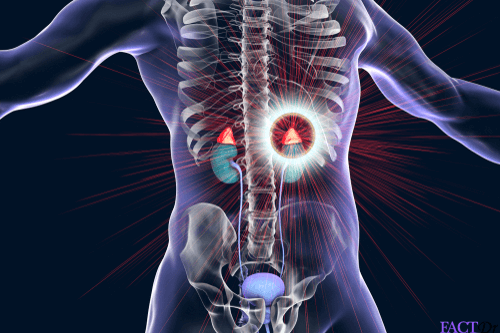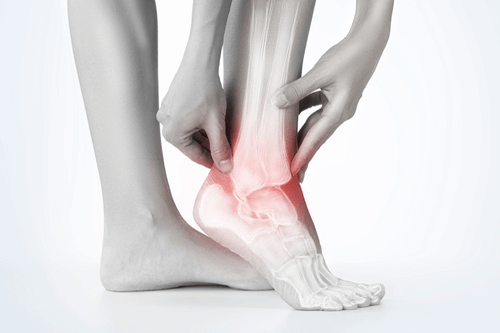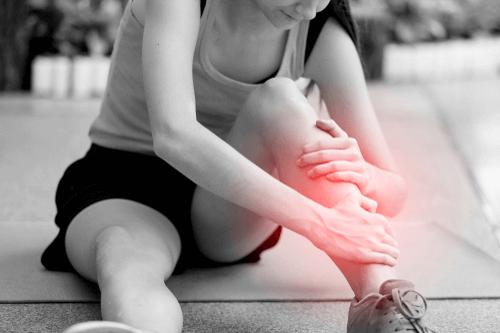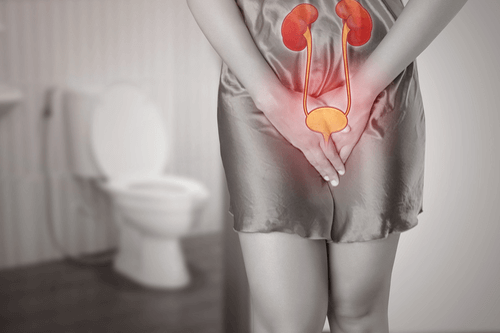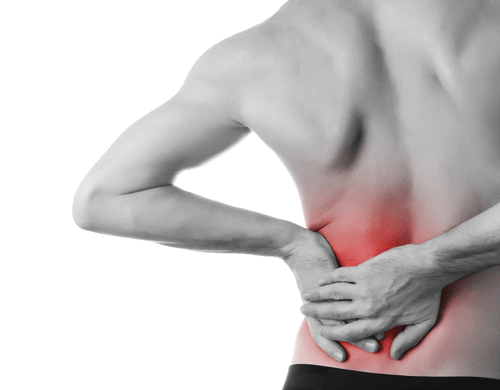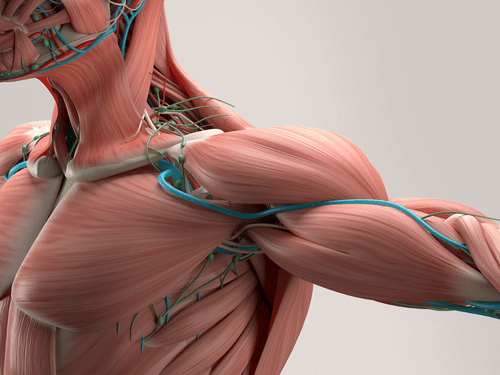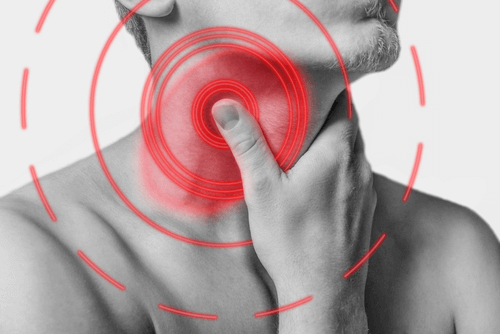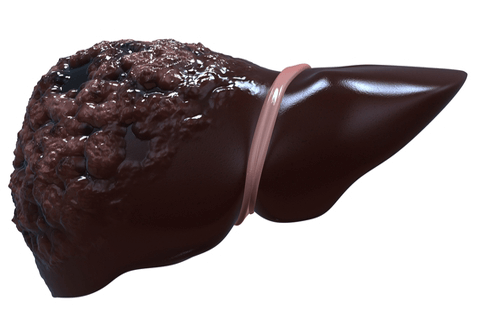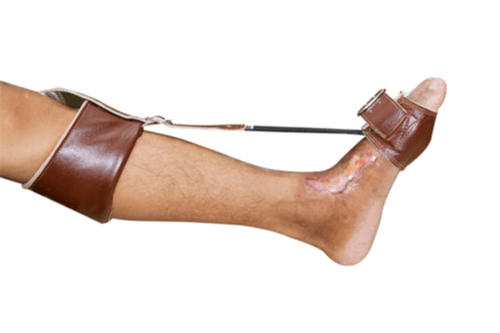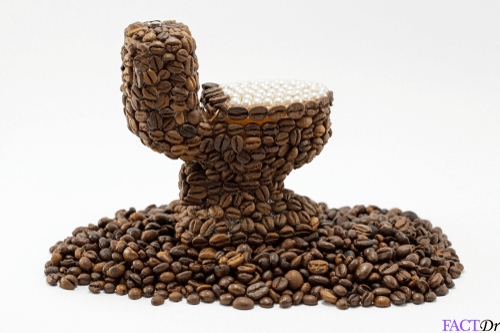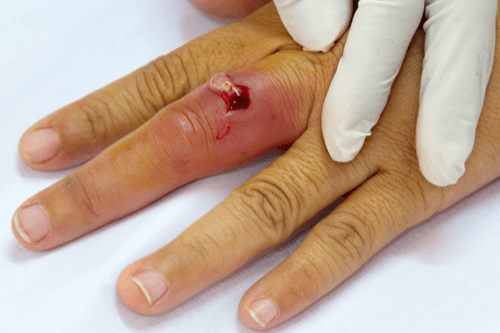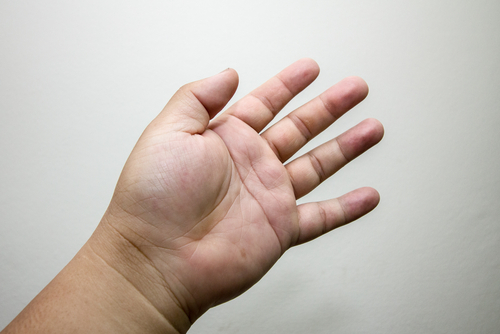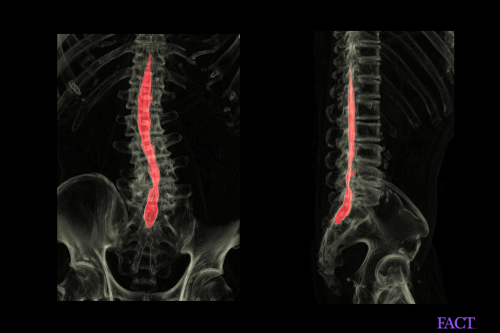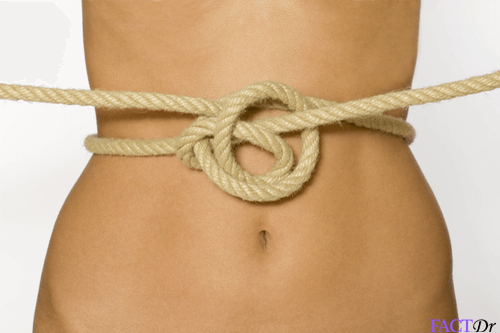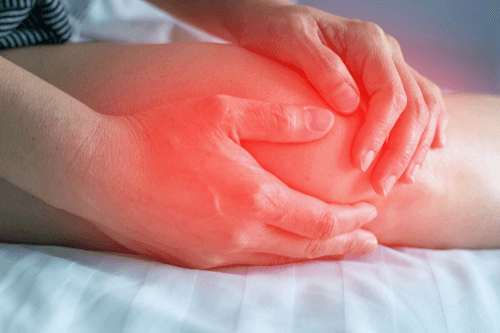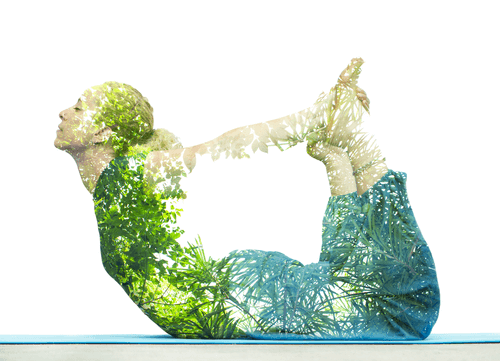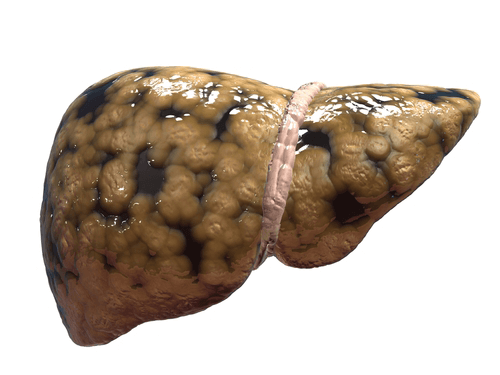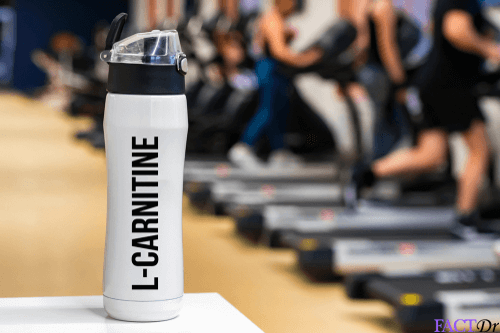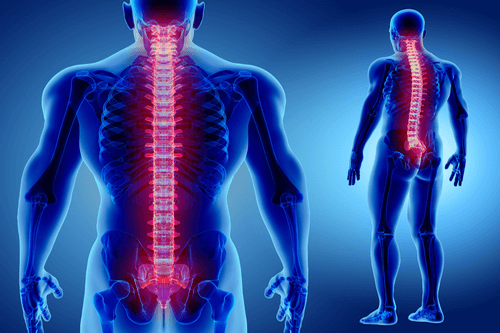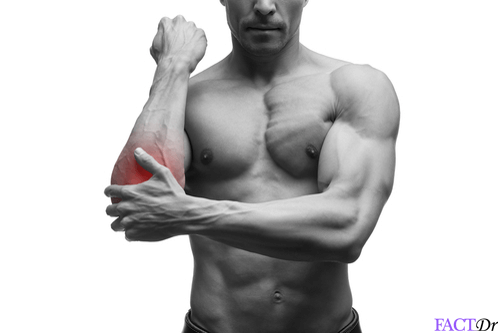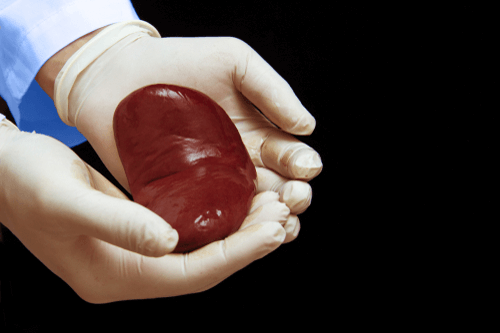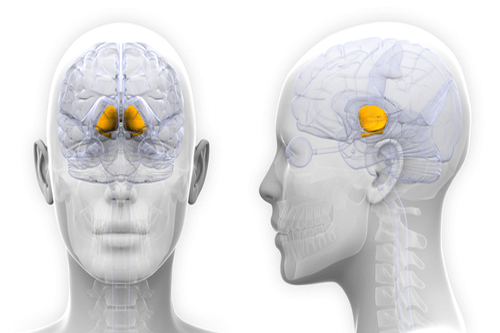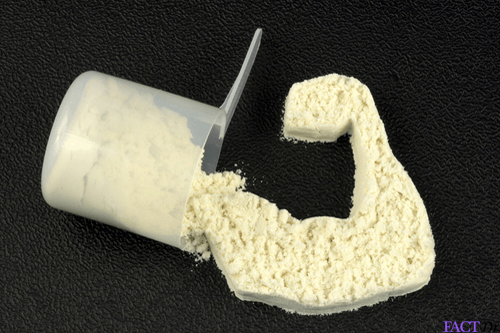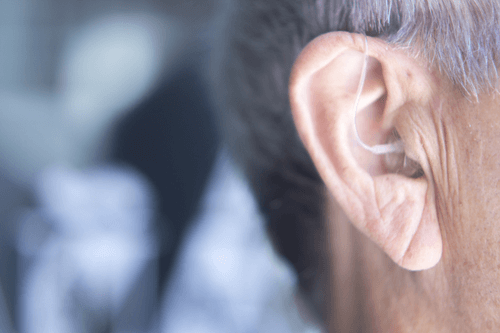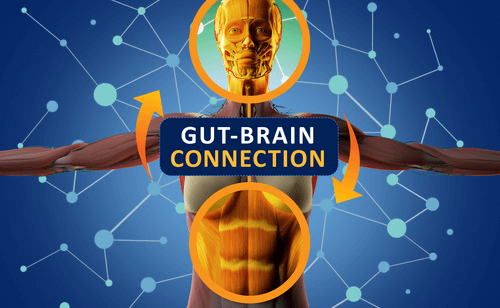Last Updated December 20th, 2021
How is it performed?
There has been a considerable increase in the number of cases of lower back problems in the recent past. Studies have estimated that around 80% of the overall population are bound to experience lower back pain at least once in their lifetime. It has been found that lower back pain stands at second place in causing disability in the United States. Majority of the cases associated with lower back problems are attributed to abnormal lifestyle.
 As we know that the modern era has a busy lifestyle, there is hardly any time to concentrate on personal health. Spending long hours in front of the computer without paying much attention to the posture can be one of the leading causes of lower back pain. On the other hand, injuries to the back due to accidents account for a considerable amount of chronic low back pain.
As we know that the modern era has a busy lifestyle, there is hardly any time to concentrate on personal health. Spending long hours in front of the computer without paying much attention to the posture can be one of the leading causes of lower back pain. On the other hand, injuries to the back due to accidents account for a considerable amount of chronic low back pain.
Experiencing lower back pain does not mean it is the end of the road as there are several physical therapy exercises that can help you regain strength for your back. Let us discuss the various types of lower back strengthening exercises in this article.
What causes lower back pain?
Problems related to the lower back are generally caused due to two factors, due to an underlying health condition or due to an acute injury. In both cases, the main objective would be to reduce the pain levels with the help of medications or physical therapy. Some of the leading causes of lower back pain are discussed below.
Degenerative disc disease
Many factors contribute to the cause of degenerative disc disease. The spinal cord consists of discs that provide cushioning to the spinal cord. Abnormalities in these discs can cause degenerative disc disease. Underlying medical conditions such as osteoarthritis and herniated disc are also some of the causes of degenerative disc disease.
Pinched nerve disease
When there is external pressure applied on a nerve or nerve group, generally from the surrounding musculoskeletal system, it can lead to a pinched nerve. In the case of the lower back, sciatic nerve that originates from the lower back can get pinched due to the surrounding bone growth. When the sciatic nerve experiences pressure for a prolonged period of time, it leads to lower back pain. A pinched nerve can be treated by changing the posture and performing physical therapy. In certain cases, surgery is required to treat this condition.
Strain to the muscles and ligament
Exerting a substantial amount of physical strain to the muscle or the ligament in the lower back can lead to lower back pain. This kind of strain is generally caused when you attempt to lift a heavy object or overexerting yourself during physical activity. These kinds of pains are usually temporary and would subside with a course of anti-inflammatory drugs or performing some muscle toning exercises.
Sedentary lifestyle
An underlying health condition or abnormal lifestyle could force you to lead a sedentary lifestyle. This can lead to a reduced range of motion of the muscles and joints as they are not flexed regularly. Due to this, your muscles and joints could become weak and lead to lower back pain. Physical therapy such as lower back strengthening exercises can help relieve these symptoms.
What are the benefits of a stronger lower back?
 A strong and flexible lower back is beneficial in numerous ways. First and foremost, you would not need to suffer from the nagging lower back pain. Secondly, they tend to provide better balance to the body by correcting your posture. Since a large number of core muscles are located in the back, it is highly recommended to have a strong lower back.
A strong and flexible lower back is beneficial in numerous ways. First and foremost, you would not need to suffer from the nagging lower back pain. Secondly, they tend to provide better balance to the body by correcting your posture. Since a large number of core muscles are located in the back, it is highly recommended to have a strong lower back.
Stable spine and improved posture
As we know that our upper body is mainly supported by the spine, there are numerous muscle groups involved in providing this stability such as hip flexors, abdominals, as well as the obliques. These muscles not only provide stability to the spine but also help you maintain an upright position. It is highly recommended to strengthen these muscles to attain a stable spine and improved posture.
Helps with balance
One of the important aspects of staying active is by having adequate balance. Keeping our posture upright makes humans unique and helps us improve our capabilities. Another important function of balance is to avoid fall which becomes highly crucial especially during old age. Keeping your lower back strong helps you in having a better balance and enable you to thrive in life.
Build muscle mass
Strong muscles can be achieved by performing fitness exercises. Here, performing the exercise not only strengthens your muscles but also aids in fat loss, which in turn aids in muscle gain as well as weight loss. In order to build muscles, it is important to burn fat and hence this is a win-win situation when fitness exercises are performed to strengthen the muscles.
Avoids pain in the lower back
This seems to be the most important factor where having strong lower back muscles can prevent back pain. As discussed earlier, performing the exercise and staying active will keep your muscles toned and prevent injuries. This overall would reduce the occurrence of injuries caused by muscle strain and hyper-stretching.
How can I make my lower back stronger?
As we have discussed that having a strong lower back can help prevent lower back pain, let us discuss some of the exercise methods that can help strengthen these muscles. It is important to note that strengthening the lower back muscles alone would not help and hence you need to also strengthen the abdominal and leg muscles as well. Some of the muscles that are present in these areas include hip flexors, abdominals, obliques, erector spinae, hamstrings, latissimus dorsi, as well as the gluteus maximus and gluteus minimus. It is important to perform the following exercises under supervision so as to maintain appropriate posture.
Hollow and arch body hold
 This exercise works on the belly and leg muscles. Begin this exercise by lying down on your back. Now stretch your hands above your head and bring it to an elevated position. Similarly, lift both your legs above the ground by putting pressure on your buttocks. Remain in the same position for 30 seconds and repeat the same procedure a few times. Next, lie down with face down. Next, stretch your hands above the head and keep it in an elevated position. Similarly, lift your legs above the ground by putting pressure on the stomach. Retain this position for 30 seconds and repeat it a few more times.
This exercise works on the belly and leg muscles. Begin this exercise by lying down on your back. Now stretch your hands above your head and bring it to an elevated position. Similarly, lift both your legs above the ground by putting pressure on your buttocks. Remain in the same position for 30 seconds and repeat the same procedure a few times. Next, lie down with face down. Next, stretch your hands above the head and keep it in an elevated position. Similarly, lift your legs above the ground by putting pressure on the stomach. Retain this position for 30 seconds and repeat it a few more times.
Swimming kicks
In this exercise, you will be going one step further after performing the arch hold position. Once you are in the arch hold position, try moving your arms parallel to the ground. At the same time, move your legs parallel to the ground. Perform around 50 swimming kicks at a time to complete a set.
Forearm plank
Here, you will be strengthening your core muscles, which make your lower back stronger as well as give stabilization to the body. First, get to the push-ups position. Next, bend your arms at the elbow and place your arms on the floor. Now, put pressure on the legs and lift tighten your buttocks. Retain this position for 60 seconds. You can repeat the same few more times.
Bird dog plank
This is a wonderful way to strengthen your core muscles and at the same time improve balance. To perform this exercise, first, get into a push-ups position. Now, in the same position, lift your left hand and right leg off the ground and balance your body without falling down. Repeat the same procedure for the other hand and the other leg as well. Repeat the same procedure for 60 seconds to complete a set before resting.
Squats
Squats work on a number of muscles including the core muscles, back, as well as the gluteus. Maintaining the appropriate posture is the key to this exercise. Stand on a flat surface without your feet at a comfortable distance. Now dive your hips back by bending your knees. You can stretch your hands forward in order to maintain balance. Next, bring your hip below the knee level, retain the position for a few seconds and get back to standing posture. Repeat this for 15 to 20 times to complete the exercise.
Bent over row
This exercise requires you to be using the dumbbells to perform the exercise. The dumbbells can be of any weight. You can start with as low as one kilogram on each side. Stand on a flat surface with feet at a comfortable distance. Hold dumbbells in your hands. Now, bend forward and put your hands down. Next, bend your elbows and bring the dumbbells to the side of your body. Repeat these steps for about 10 times.
Deadlift exercise
This exercise also would involve lifting weights. Stand on a flat surface with feet at a comfortable distance. Hold the kettlebells in your hands. Now bend forward at your hips and then bend your knees a bit. Now bring the kettlebells to the feet by keeping the back straight. Finally, return back to the original position. Repeat the same procedure a couple of times. This is a power lift exercise that would strengthen your core muscles and the lower back.
Forward fold in a seated position
 This is more of a stretching exercise. Sit on a flat surface with your legs stretched in front of you. Now, bend your toes inwards and try to touch it with your hands by bending forward. Try to reach the toes as much as possible. This would stretch your low back and provide relief in case of any muscle strain.
This is more of a stretching exercise. Sit on a flat surface with your legs stretched in front of you. Now, bend your toes inwards and try to touch it with your hands by bending forward. Try to reach the toes as much as possible. This would stretch your low back and provide relief in case of any muscle strain.
Forward fold by bringing the head to knee
This exercise would provide a complete stretch of the lower back and help with flexibility. First, sit on a flat surface with your legs stretched in front of you. Now bend on the leg at the knee and place it towards the shin of the other leg. Next, bend your body at the hips and try to touch the forehead with your knee. This exercise would need some practice and hence try to practice it until you reach your forehead to the knee.
Precautions while performing lower back strengthening exercises
It is highly recommended to begin your exercise regimen under the supervision of a professional. This would minimize any problems with posture as well as reduce any complications in the form of injury. Next, you need to initially add only a couple of strengthening exercises in your routine and first try to incorporate them appropriately before adding others. Be aware of experiencing pain when performing these exercises. It is not necessary to undergo pain to strengthen your muscles. Finally, apply the strengthening exercises thoughtfully by not rushing in.
TL;DR?
Subscribe to free FactDr newsletters.
REVAMP YOUR
LIFE
HEALTH
WELLNESS
If you're enjoying our website, we promise you'll absolutely love our new posts. Be the first one to get a copy!
Get factually correct, actionable tips delivered straight to your inbox once a week.
We hate spam too. We will never share your email address with anyone. If you change your mind later, you can unsubscribe with just one click

By clicking Subscribe, I agree to the FactDr Terms & Conditions & Privacy Policy and understand that I may opt out of FactDr subscriptions at any time.
Help Others Be Fit








